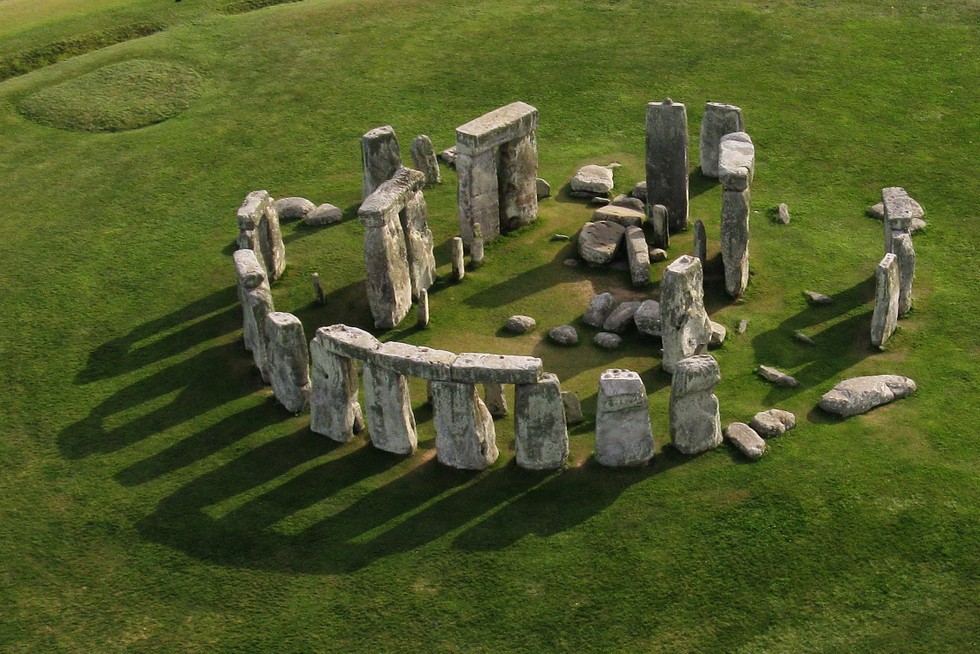Stonehenge is the best known circle of stones in the world, that lies in the heart of the richest European archeological landscapes. It was built around 4,500 years ago similar to the great pyramid present in Egypt. The final monument of massive and perfectly dressed sarsen stone was different from anything that was witnessed ever across Europe.
It has been a strong memorial all along the period of European and British history, when the landscapes were getting monumentalized in a fresh way as the communities changed their relationship with the land.
If you want to explore and experience these monuments visit stonehengevisit.co.uk. where you can book your tickets and get answers to all your questions about Stonehenge. Get all the necessary details before the visit on the site and get yourself ready for a brand new experience.
Stonehenge significance can be summarized as :
- It is architecturally sophisticated and the only lintelled stone circle surviving in the world.
- In Neolithic Britain the earliest stage of the monument is the biggest cremation cemeteries known.
- The stones were brought from a long distance. Over 150 miles was covered with the blue stone bought from Preseli hills and the west wood’s sarsens had covered around 15 miles north on the edge of the Marlborough down.
- Sophisticated techniques were used to dress the stone up and was erected with interlocking joints that are unseen at any other old monuments.
Stonehenge does not stand in isolation, but they do form an outstanding ancient landscape that belonged to late Neolithic, Early Neolithic and Bronze age Monuments. It contains around 350 plus burial mounds and major pre historic monuments like the Stonehenge avenue, Durrington walls, wood henge, and the Cursus.
These landscapes are a huge source of information from the ceremonial and practice of funerary of people from the Bronze and Neolithic age. It also can be great for understanding international and regional contacts from the fourth to second millennium BC and lights up the facts on how the prehistoric societies were organized.
The development of archelogy has always had Stonehenge at the forefront. The understanding of monuments still changes as excavations and new archaeological techniques bring up more information.
Other than any other prehistoric monument Stonehenge has been the centre of research for more theories on its purpose and origin. In today’s time, the most generally accepted interpretation is on the prehistoric temple is aligned with the movement of the Sun. It is a striking illustration of ceremonial complexes that emerges across Ireland and Britain.
This is the place for ancestors to be honoured and mark the important moments on the calendar. The sun was at the centre of the belief system, with the alignment of solstice enshrined in the fabric of the monument. Stonehenge was not just one monument it was rather altered, built, and revered for around 1500 years and over several generations.
Stonehenge is a powerful image of achievements in the ancient and an icon of history. They have been the subject of many poems and paintings, films and music. Get to witness them in real and make memorable memories.







